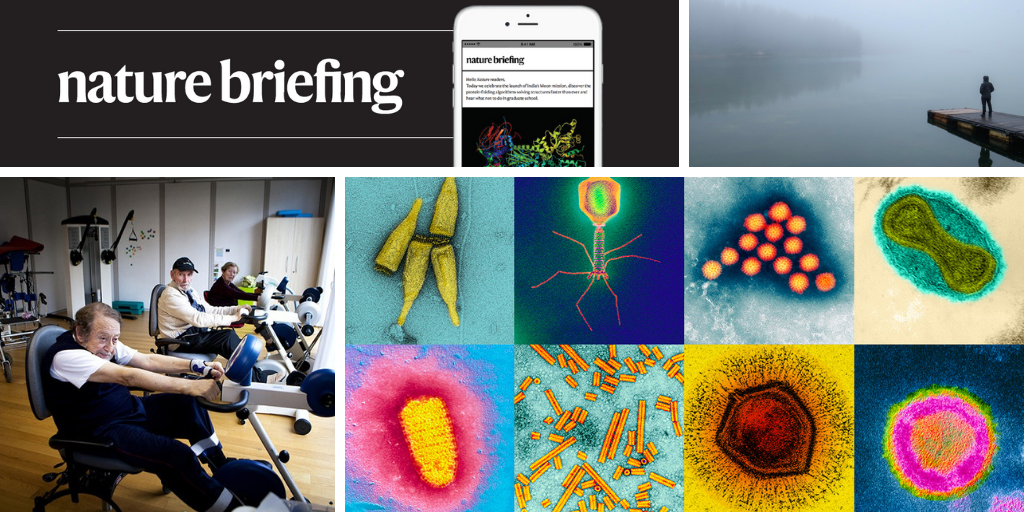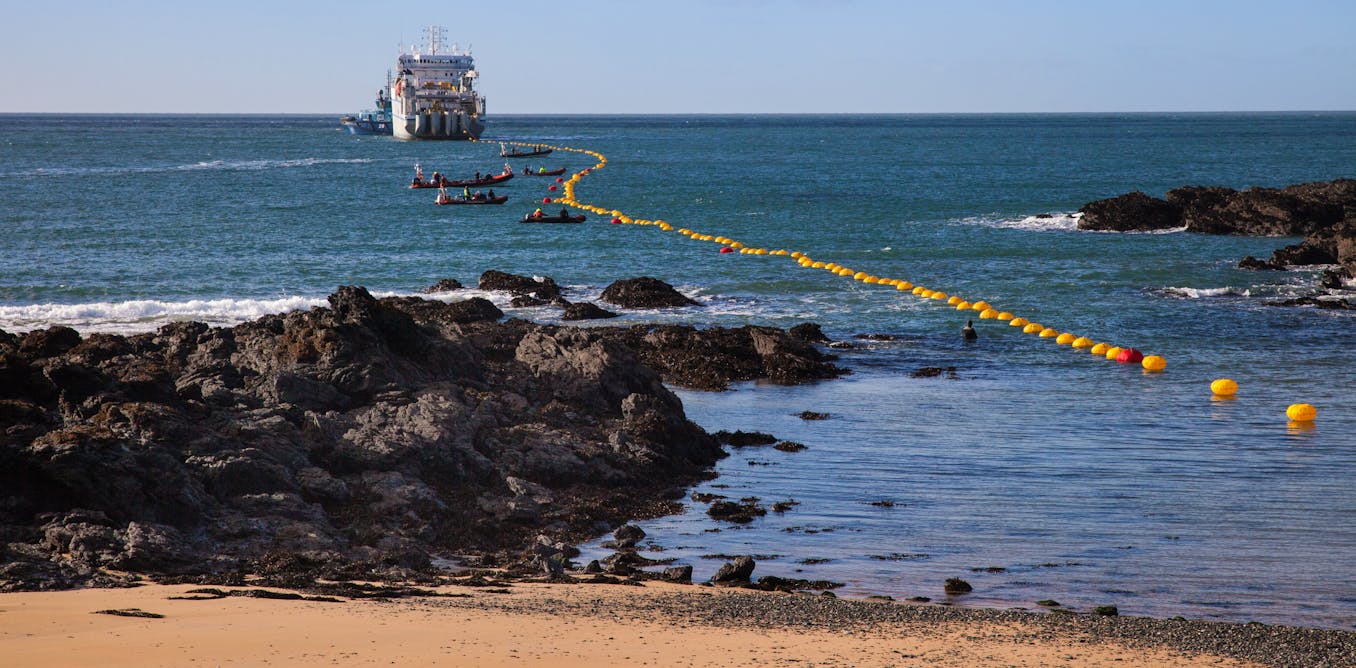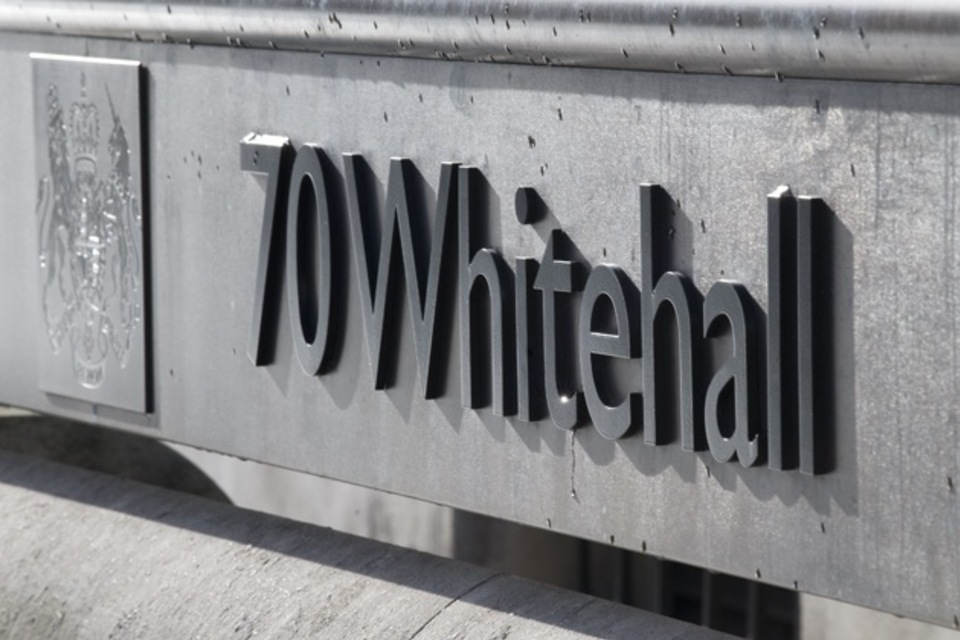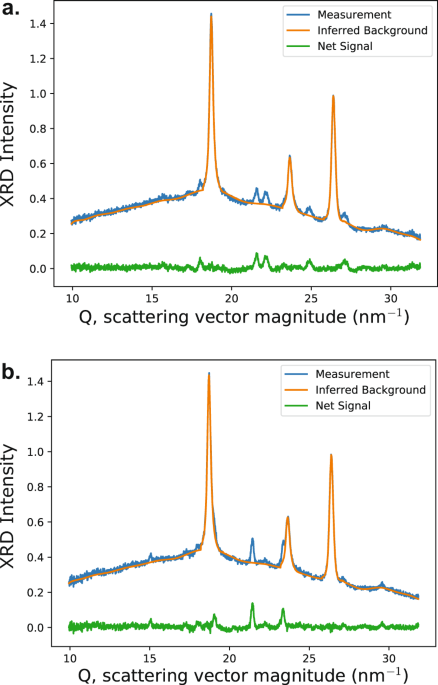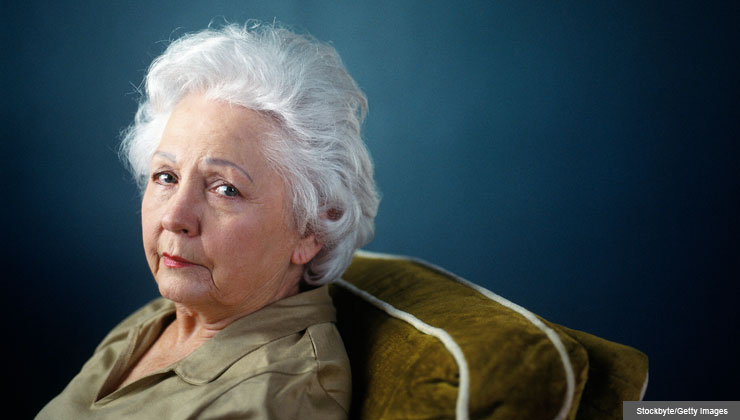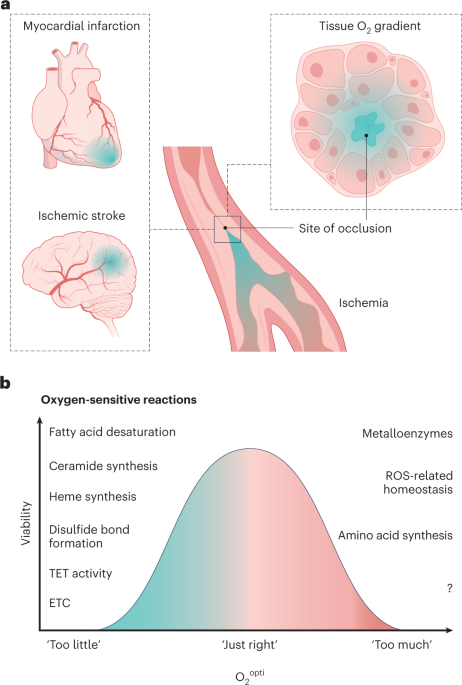
- Select a language for the TTS:
- UK English Female
- UK English Male
- US English Female
- US English Male
- Australian Female
- Australian Male
- Language selected: (auto detect) - EN
Play all audios:
Nature has evolved creative ways to maintain oxygen homeostasis, but what happens when these adaptations are insufficient? Here we discuss biochemical failure points across the oxygen
spectrum from ‘too little’ to ‘too much’ oxygen and their potential contributions to cardiovascular disease.
I.H.J. was supported by US National Institutes of Health (NIH) DP5 DP5OD026398. W.R.F. was supported by NIH R01AG065428.
UCSF-UC Berkeley Joint PhD Program in Bioengineering, Berkeley, CA, USA
Department of Biochemistry and Biophysics, University of California, San Francisco, San Francisco, CA, USA
Cardiovascular Research Institute, University of California, San Francisco, San Francisco, CA, USA
I.H.J. is a consultant for Maze Therapeutics. W.R.F. declares no competing interests.
Anyone you share the following link with will be able to read this content:
